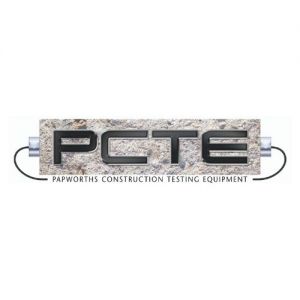Piezometer: Environmental Arrangement and ManagementPosted by PCTE on July 26th, 2016 A piezometer is the device used to measure the liquid pressure in systems by measuring the height to which the column of liquid rises against gravity. Another type of piezometer measures the pressure of groundwater at a particular point. In any case, the device is designed to determine the static pressures, making it crucial in geotechnical services. There are certain installation and management guidelines and standards that must be followed when using piezometers. You need to be aware of these environmental arrangements and management requirements to ensure proper usage of the device. Installation Requirements The Water Act of 1989 stated that a bore is considered a bore, excavation, or well used for groundwater observation or for the collection of data on groundwater. This covers piezometers and test wells. Making a groundwater bore that is greater than 3m BGL will require a registration or licence. The approval is administered by a relevant water corporation, and anything larger than 3m BGL must be accompanied by a decommissioning, alteration, or bore construction licence. Registration and licensing of bores ensure minimal environmental impact and the consideration of the environment and groundwater users. A ground water bore that is smaller than 3m BGL will not need a licensed or qualified driller. However, if the piezometer is larger than three metres (depth), the water corporation must provide a licence for it. Be sure to consult with a water corporation before constructing a monitoring bore. Drilling must be done according to licence conditions and the standards of the Minimum Construction Requirements for Water Bores in Australia Edition 2, revised September 2003 and the Department of Sustainability and Environment's General Requirements for Groundwater Observation Bore Works, August 2008. Issues to Consider When Siting the Piezometer The water corporation assesses the licence application while considering existing users of the environment and groundwater as outlined in the Water Act of 1989's section 40. These include the distance of the site from a national park, power lines, channels, water ways, lakes, drainage pipes, and areas of biodiversity, and the proximity of the site to communities and towns, another bore, an area where the surface water interacts with groundwater, a community or town, a water supply protection area, or a groundwater management area. The site must be studied to determine if it is prone to flooding, environmentally significant, easily accessible, potentially at risk for contamination, and if it could impact cultural heritage. Monitoring with a piezometer Piezometers that are made into a confined aquifer must be designed in a way that controls the contamination of the water body using a grout seal or bentonite to reinstate the impending layer, which is typically punctured by drilling. The device is typically placed in areas that are approved for it through a hydrogeological assessment. About the Company: PCTE supplies a range of equipment from around the world to offer you a one stop shop with all of the latest equipment. Concrete Non Destructive Testing (NDT) comprises testing a property of concrete, largely without damaging the concrete to assess some parameter that either directly or indirectly provides a required characteristic of the concrete or its embedment. For more details, you can contact us at the website. Like it? Share it!More by this author |


